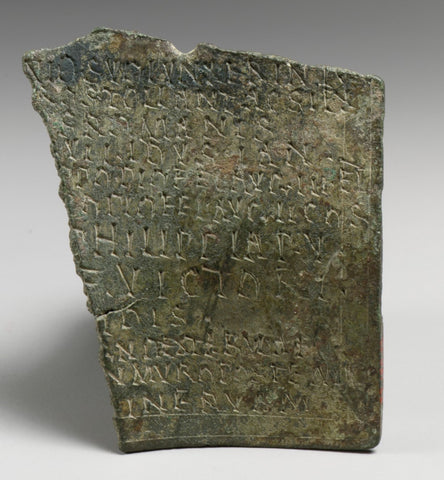Meet the author: Duncan B. Campbell
I am what is nowadays called an ‘independent scholar’, after having spent many years as tutor in Archaeology at my alma mater, Glasgow University, in the Department of Adult and Continuing Education and the Centre for Open Studies.

A long time ago, as an undergraduate student, I was fortunate to make the acquaintance of Professor Dietwulf Baatz, then Director of the Saalburg Museum, who inspired my interest in ancient artillery. We continued to correspond and, when I wrote my little book on Greek and Roman Artillery in 2003, I dedicated it to Dietwulf.
Another fortunate encounter, this time with Professor John Wilkes of the Institute of Archaeology in London, determined my PhD topic for me, when he observed that little work had been done on Roman siege warfare. Some of the material from my thesis formed the basis for a book entitled Besieged. Siege Warfare in the Ancient World in 2006.
I find to my astonishment that I have been contributing to Ancient Warfare for 15 years. I must have written over 70 articles and I’ve been lucky enough to work with some wonderful artists. My favourite series was “The Debate”, in which problematic theories were aired and explained, such as “Did the Sassanids use chemical warfare?” or “How was the Spartan army organized?” My recent book The Fate of the Ninth began life as the first of these debates, back in 2010 (AW IV.5). (Don’t worry – I have no plans to rework all of them as books … although “What did the ballista really look like?” definitely has some more mileage!)
In 2016, Jasper suggested a “Roman Army In Detail” series to me. My brain was still in “Debate” mode, so we began with “The Problem of the First Cohort” (AW X.6), explaining why various scholars assumed that the first cohort in each Roman legion was organized differently from the other nine. After that, I settled into a pattern of taking a particular rank or function, or a particular branch of the service, as the subject of each article. My aim has always been to explain a sometimes obscure subject. The latest one will discuss the camel-borne dromedarii and their place in the Roman army.

I do enjoy teasing information out of Roman inscriptions, which often seem rather unpromising at first glance. I suppose, for me, the highlight has been the opportunity to publicize (in AW XI.4) a Roman military diploma that had lain unnoticed in the New York Metropolitan Museum of Art, where the curators had assumed that it was a retailer’s license. I’m glad to say that it has now taken its place alongside five other diplomas issued on the same day, 7 January AD 248, by the emperor Philippus and his son, granting the right of legal marriage to time-served Praetorians.
P.S. Don't forget to enter your email address into the Karwansaray Publishers raffle, and win one of the great prizes going out on Christmas day: advent2022.paperform.co
